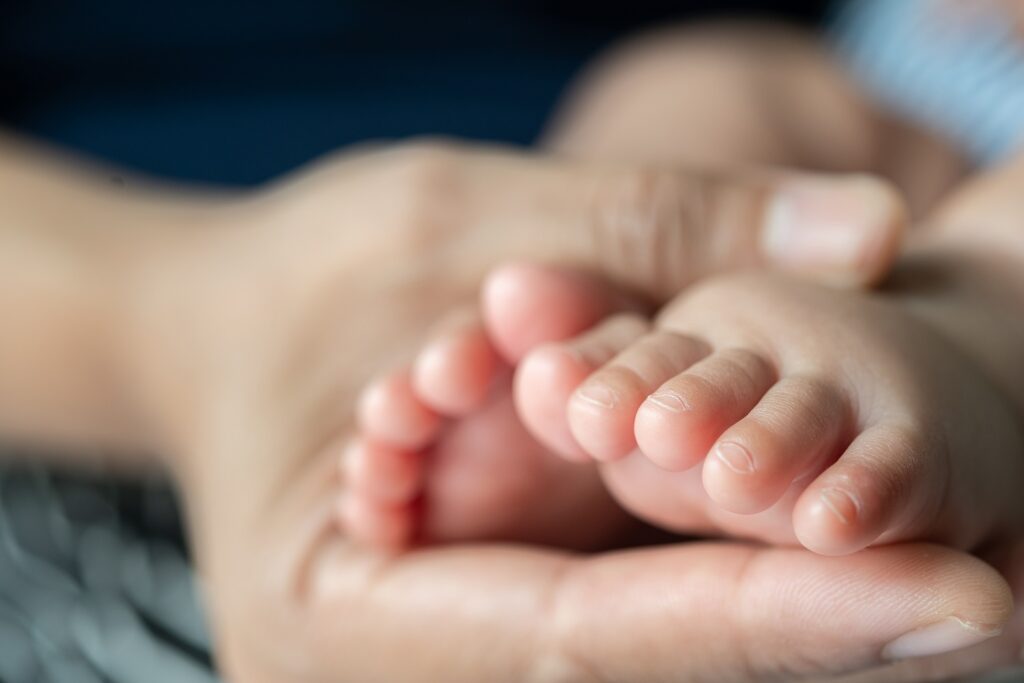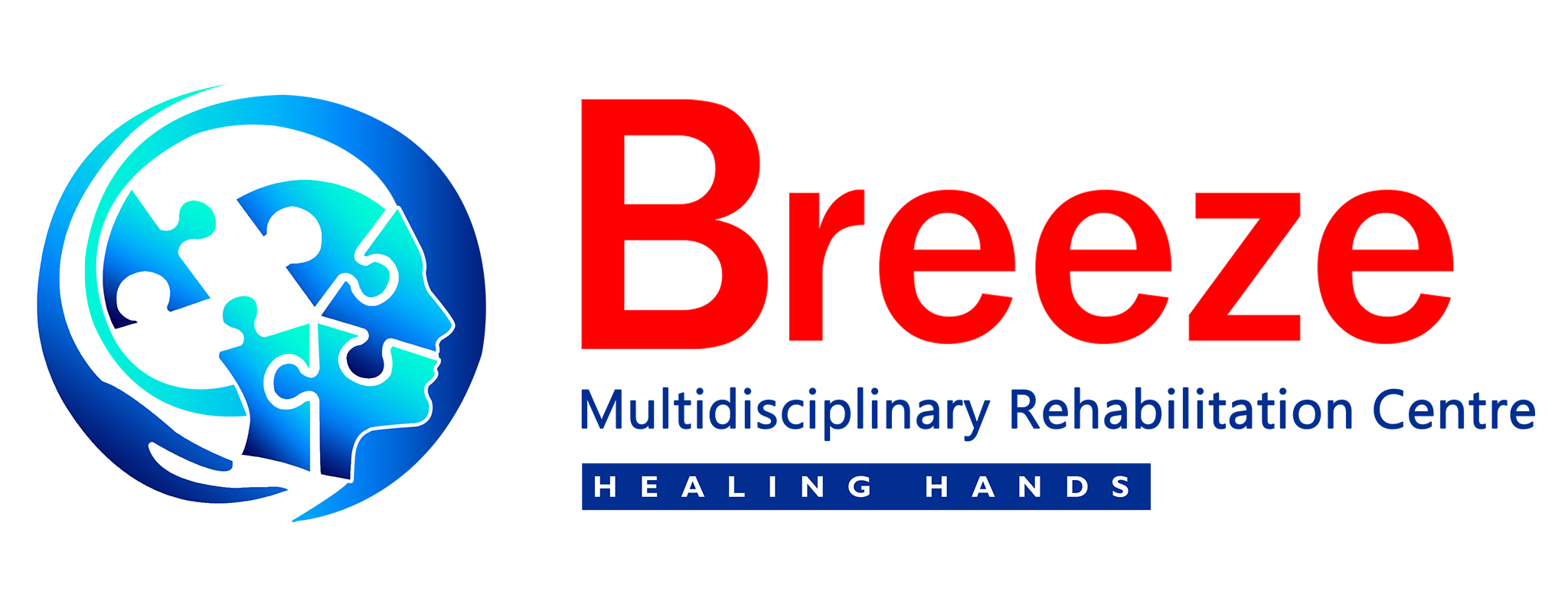
Congenital Talipes Equino Varus (CTEV)
• Equinus: (derived from ‘equine’ i.e., a horse
who walNs on toes). This is a deformity where
the foot is fixed in plantar-flexion.
• Calcaneus (reverse of equinus): This is a
deformity where the foot is fixed in dorsiflexion.
• Varus: The foot is inverted and adducted at the
mid-tarsal joints so that the sole ‘faces’ inwards.
• Valgus: The foot is everted and abducted at the
mid-tarsal joints so that the sole ‘faces’ outwards.
• Cavus: The logitudinal arch of the foot is
exaggerated.
• Planus: The longitudinal arch is flattened.
• Splay: The transverse arch is flattened.
,nvariably, the foot has a combination of above
mentioned deformities; the commonest being
equino-varus. The next most common congenital
foot deformity is calcaneo-valgus.
● In the vast majority of cases, aetiology is not Known, hence it is termed idiopathic.
● In others,the so called secondary clubfoot, some underly ingcause such as arthrogryposis multiplex congenita(AMC) can be found.
● Idiopathic clubfoot Following are some of the theories proposed for the aetiology of idiopathic clubfoot:
a) Mechanical theory: The raised intrauterine
pressure forces the foot against the wall of the
uterus in the position of the deformity.
b) Ischaemic theory: is chaemia of the calf muscles
during intrauterine life, due to some unknown
factor, results in contractures, leading to foot
deformities.
c) Genetic theory: Some genetically related
disturbances in the development of the foot
have been held responsible for the deformity.
Secondary clubfoot Following are some of the causes of secondary clubfoot:
a) Paralytic disorders: in a case where there
is a muscle imbalance i.e., the invertors and
plantar flexors are stronger than the evertors
and dorsiflexors, an equino-varus deformity
will develop. This occurs in paralytic disorders
such as polio, spina bifida.
b) Arthrogryposis multiplex congenita (AMC):
This is a disorder of defective development of
themuscles. Themuscles are fibrotic andresultin
foot deformities, and deformities at other joints.

